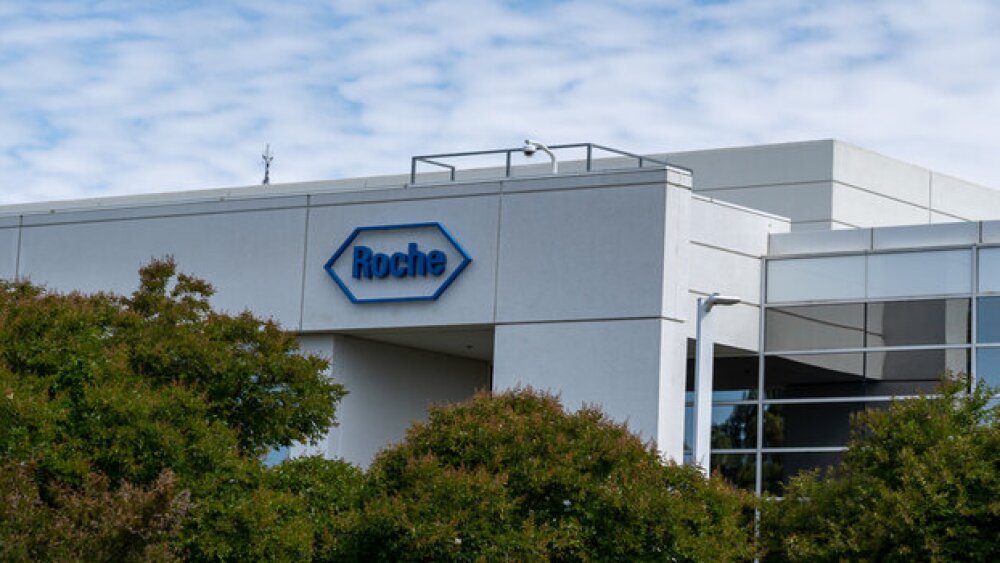A U.S. federal court upheld a prior ruling in favor of Roche’s Genentech, finding that its blockbuster hemophilia treatment Hemlibra did not infringe on patent protections held by Takeda’s Baxalta.
Pictured: Roche Diagnostics facility in California/iStock. JHVEPhoto
A U.S. Court of Appeals for the Federal Circuit on Wednesday upheld a prior ruling in favor of Roche’s Genentech, which found that its blockbuster hemophilia A therapy Hemlibra (emicizumab) did not infringe on patent protections held by Takeda’s Baxalta.
Baxalta first sued Genentech in 2017, alleging that by manufacturing, using and selling Hemlibra the Roche subsidiary infringed on a patent—known as the 590 patent—regarding the use and design of an antibody or antibody fragments that bind to the blood clotting protein Factor IX and its activated form Factor IXa, thereby increasing their procoagulant activity.
In January 2022, the U.S. District Court for the District of Delaware came down on the side of Roche and Genentech. At the time, Circuit Judge Timothy Dyk wrote in his opinion that the relevant parts of Baxalta’s patents were invalid because they failed to teach practitioners skilled in the art how to develop and use the claimed invention without “undue experimentation.”
Instead, the court found that the relevant claims of the 590 patent provide “no guidance as to how to identify which antibodies will satisfy the claim limitations, nor does it describe what structural or other features of the disclosed antibodies cause them to” boost the coagulant activity of their target protein.
“The field of antibodies is inherently unpredictable,” Dyk wrote, adding that “the only way to practice the teachings of the patent is by trial-and-error.”
In Wednesday’s ruling, the court agreed with the initial ruling, writing that one of Baxalta’s claims is overly broad and tries to cover all antibodies that bind to Factor IX/IXa and, in turn, increase their procoagulant activity. This definition encompasses “millions” of potential antibodies, yet the 590 patent names only “eleven” such candidates.
The remaining potential antibodies are therefore “undisclosed but claimed,” according to the court document. In order to identify these antibodies, the 590 patent requires practitioners to go through extensive experimentation.
“This is the definition of trial and error and leaves the public no better equipped to make and use the claimed antibodies than the inventors were when they set out to discover the antibodies over which they now have an exclusive right,” Wednesday’s court filing read.
First approved in 2017 for hemophilia A, Hemlibra is a bispecific antibody that targets Factor IX and Factor IXa, which in turn allows the coagulation cascade to proceed. The therapy has since become one of Roche’s top assets, earning the pharma more than $4.2 billion in 2022.
Tristan Manalac is an independent science writer based in Metro Manila, Philippines. He can be reached at tristan@tristanmanalac.com or tristan.manalac@biospace.com.






